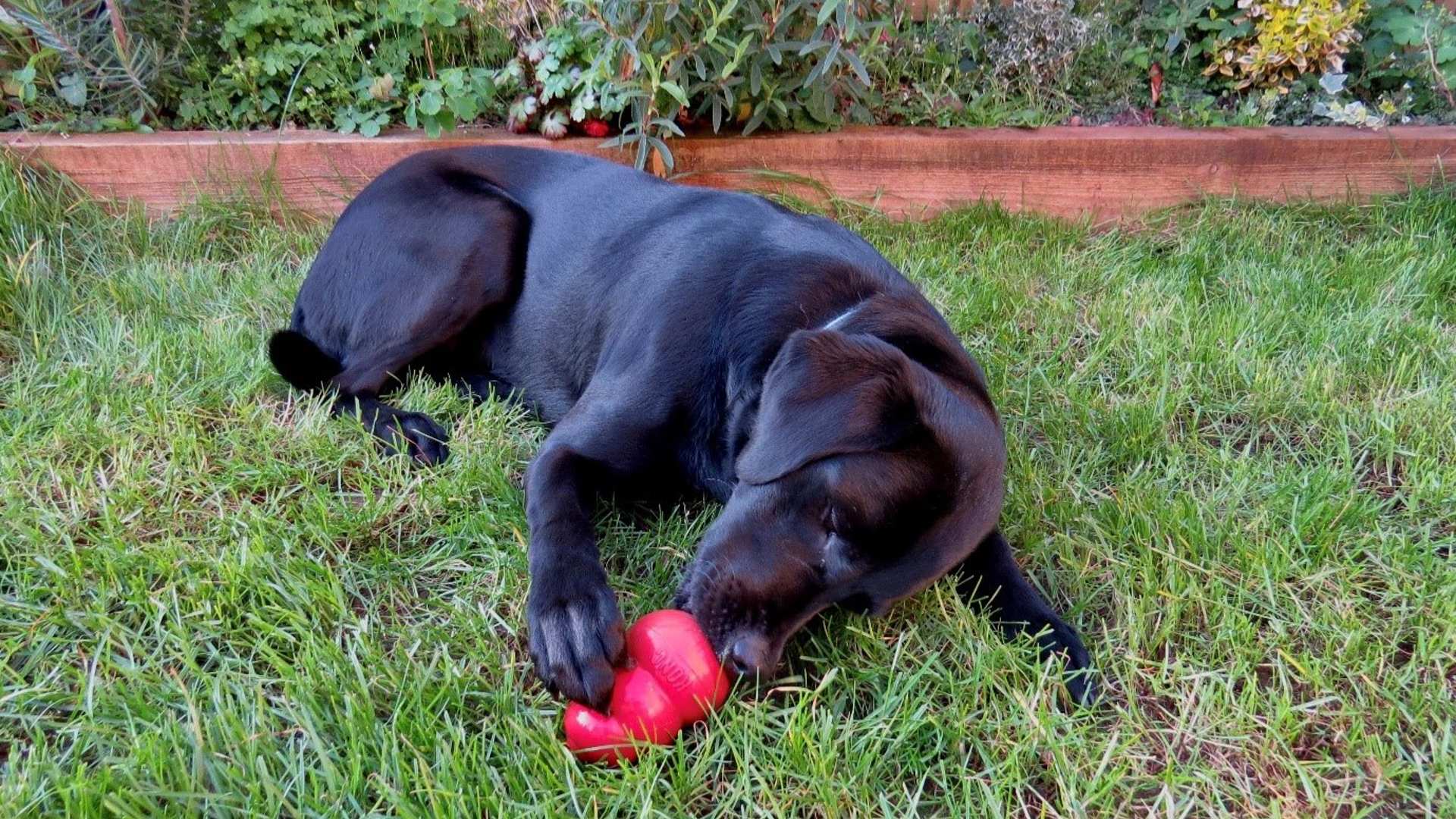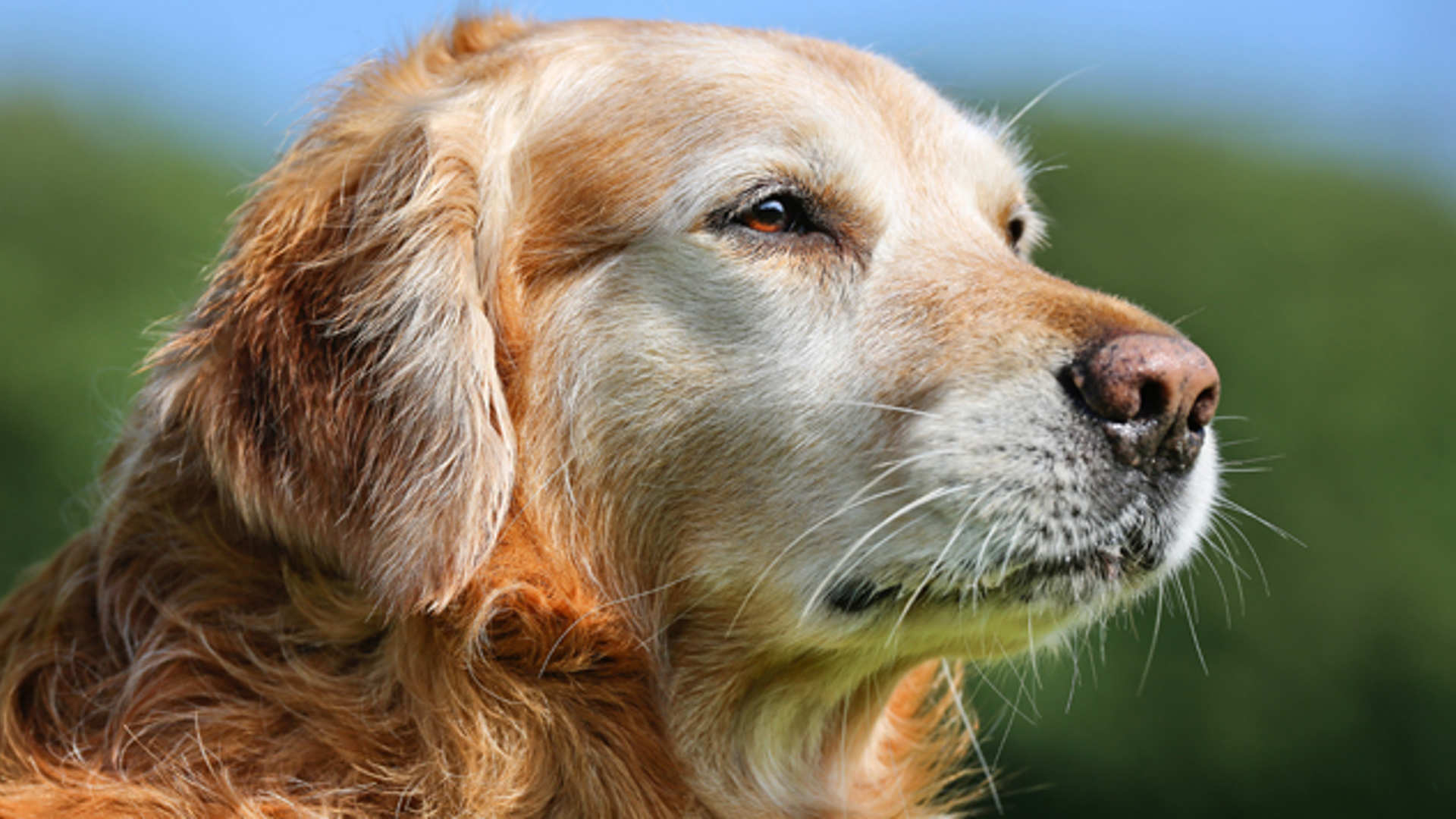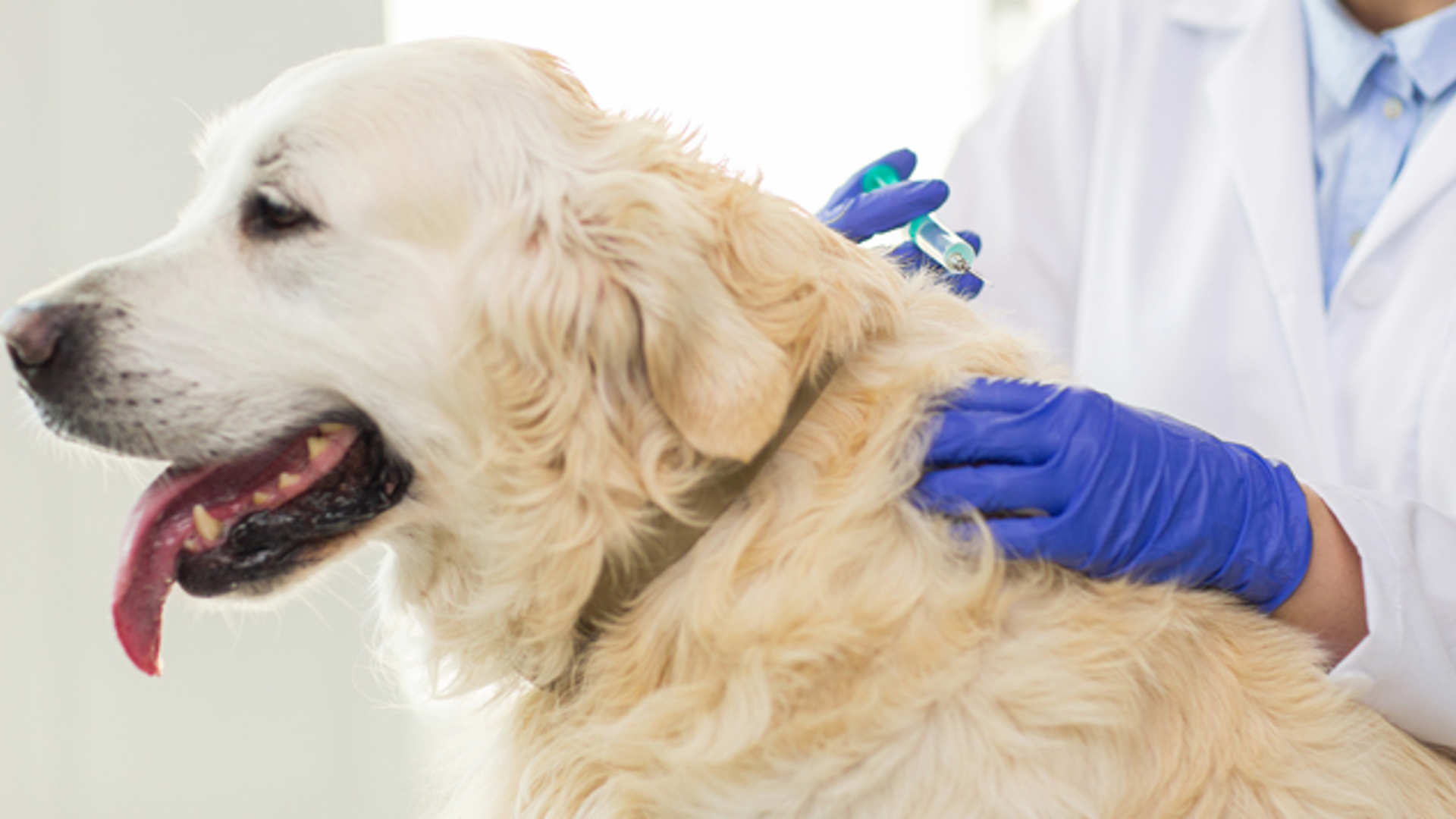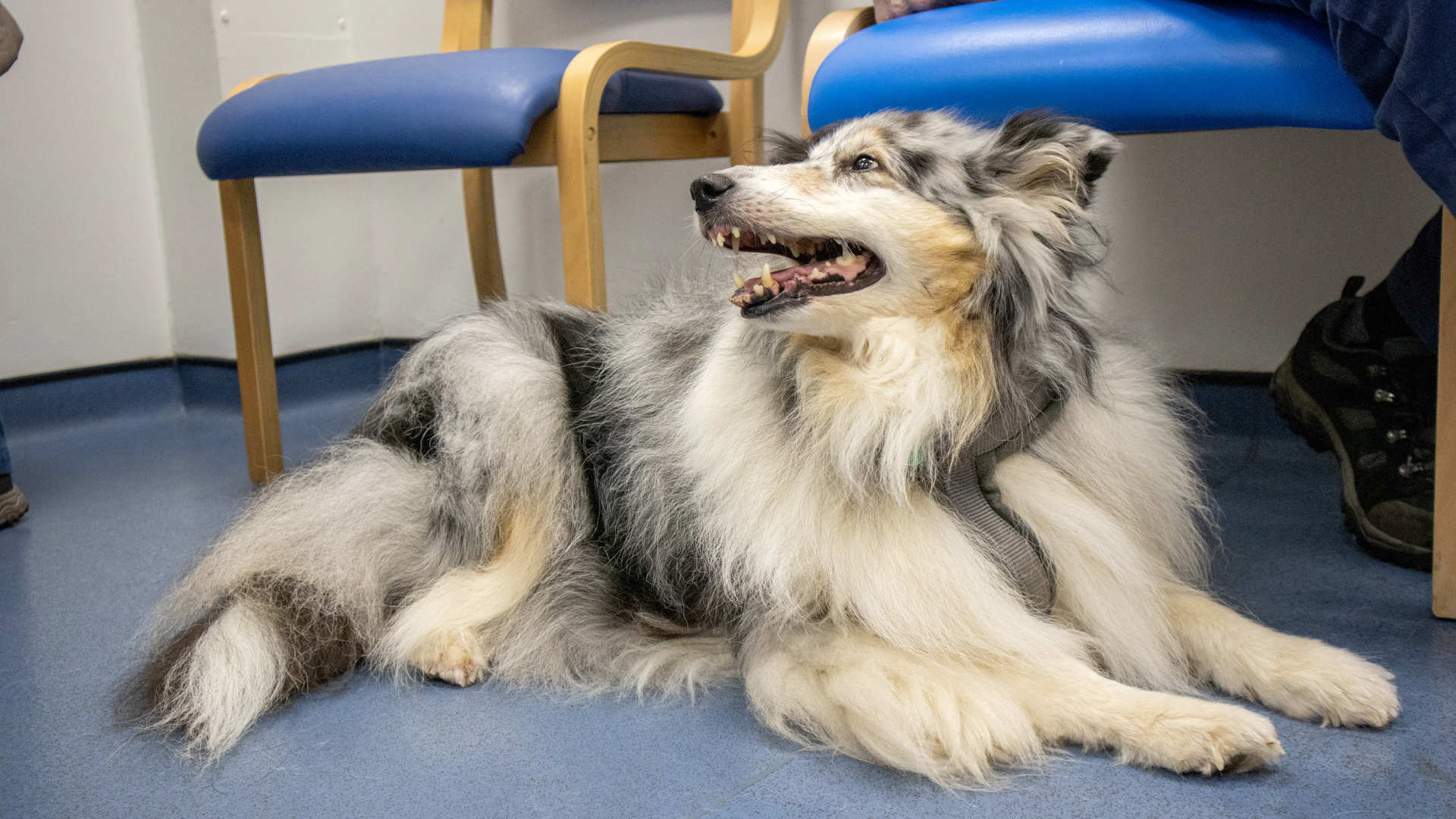
How to prepare your dog for the vets
Making the vets a positive place to be is important for your dog. Your dog will feel more comfortable if they get to know the veterinary environment and the staff.
Get your dog used to being handled
It is important that your dog gets used to being handled by veterinary staff and this training can start at home. In a relaxed home environment, practice handling your pets' paws, ears, stomach & back of their neck, as these are the most common areas handled by veterinary staff during a consultation. For further advice, please speak to a member of our team.
The Journey
Another point of anxiety for your dog when coming to the vets may be the car journey. For some of our patients, travel is stressful, so it is important to make this as stress free as possible to have a positive veterinary experience. Ensure your pet is going for car journey’s other than for a vet visit so they don’t begin to associate the car with the veterinary practice. Calming products are also available to help reduce stress, such as Calmex, Adaptil or Pet Remedy. Putting a familiar blanket with your dog’s scent in the car can also make them feel more at ease. If travelling by car, it is a legal requirement to have your dog suitably restrained, whether this is using a harness and seat belt or a guard if they are in the boot.
The Waiting Room
Start by bringing your dog into the vets when you’re passing the door. Ask the staff to give them treats and make a nice fuss of them each time so your dog does not associate the practice with a negative experience. You can take this opportunity to weigh them too, as getting them used to the scales is also important. Bringing that familiar blanket with you into the waiting room can also help to settle your dog. Don’t force your dog to sit or lie down, allow them to feel comfortable in their own way. Smaller dogs may prefer to be picked up and sat on your lap whilst you wait for your consultation. If you feel they are getting stressed, you can choose to wait outside or in the car, but please notify a member of the reception team where you will be waiting.
The Consultation
Stay calm and confident during your appointment, showing your dog, you aren’t worried. Unless there is a reason not to (e.g. upset stomach or are required not to feed them due to having a procedure) use treats to implement positive reinforcement. Sometimes your dog may growl or tense up if they are unhappy in the consultation. If the vet is focusing on examining your dog, they may not notice this. Please make the vet or nurse aware if you notice any of these behaviours so they can stop and give your dog a break. Always end on a positive note, if allowed, encourage the veterinary team to give your dog a treat or some fuss as a reward for completing the examination. It may be beneficial to take your dog for a quick stroll before returning them to the car, to allow them to decompress after visiting us.
Stay in the know Related articles & advice
-
Behaviour

-
Arthritis

-
Vaccinations




